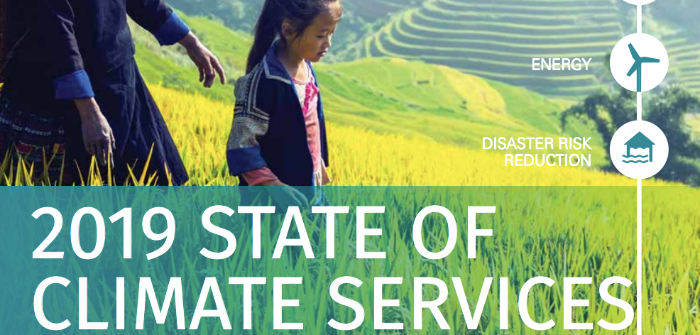A new WMO report has laid bare the importance of investing in weather services in the face of climate change even though the availability of such services varies hugely globally.
The State of Climate Services report gives an overview of current weather and climate services around the world. Focusing mainly on agriculture and food security, the report looked at climate services relevant to these two areas such as seasonal forecasts, drought advisories and fire danger indices.
The report noted that populations living with food insecurity were among the most vulnerable to the ill effects of climate change, with more than 80% of those who live in conditions of food insecurity also living in environments exposed to the kind of extreme weather events likely to become more common with climate change.
Moreover, according to the World Food Program, the number of people worldwide who are severely food-insecure is likely to increase 20% if global temperatures go up by 2°C – rising from 704 million to nearly 900 million.
This is in part due to the extreme susceptibility of agriculture to weather phenomena. According to the Food and Agriculture Organization of the United Nations (FAO) 5-10% of national agricultural production losses are associated with climate variability.
The report found that robust climate and weather services could help to mitigate against these losses, estimating that improved weather, climate, water observations and forecasting could lead to up to US$30bn per year in increased global productivity and up to US$2bn per year in reduced asset losses.
They can do this by helping farmers access vital data on days suitable for fieldwork, growing days for the season, heat indices for livestock, fire danger ratings and pest and disease forecasts. Improved data on climate variability, meanwhile, allows farmers to better forecast crop-yield, rainy season length and drought indices, the report noted.
Yet according to the report many countries weather services are severely under-funded. According to the World Bank – another co-author of the report – an additional US$2bn of investment is needed to bring national weather services up to scratch.
Africa and Small Island Developing States (SIDS) have the largest “capacity gaps”, the report said, especially with regards to the density of the observing network and the reporting frequency of observations essential for forecasting.



